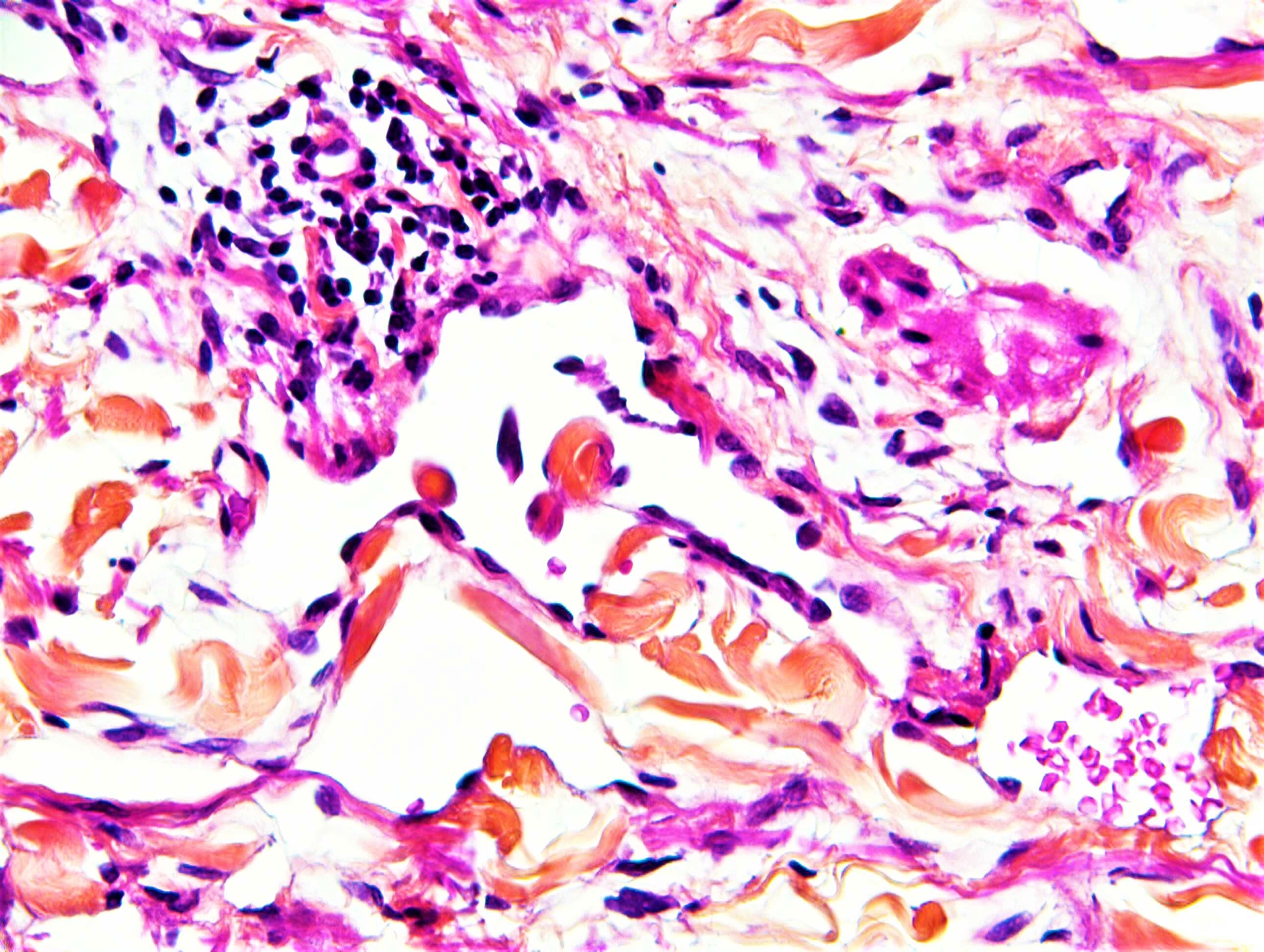Edited by Admin_Dermpath
Case Number : Case 1954 - 24 Nov 2017 Posted By: Dr. Richard Carr
Please read the clinical history and view the images by clicking on them before you proffer your diagnosis.
Submitted Date :
F50. Subcutaneous nodule of left forearm. History of ipsilateral breast cancer treated by surgery & LN dissection. Enlarged arm. Case kindly posted with the permission of Dr Benedicte Cavelier-Balloy.






Join the conversation
You can post now and register later. If you have an account, sign in now to post with your account.